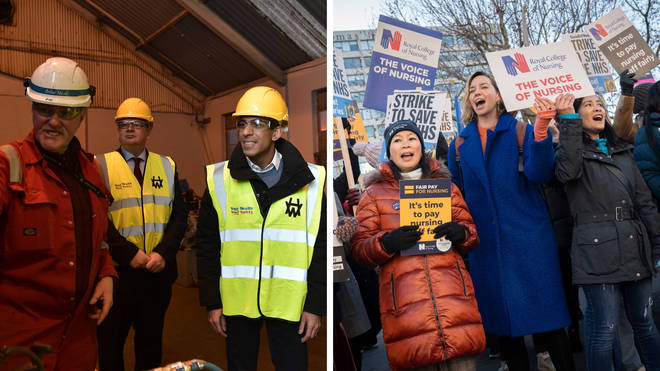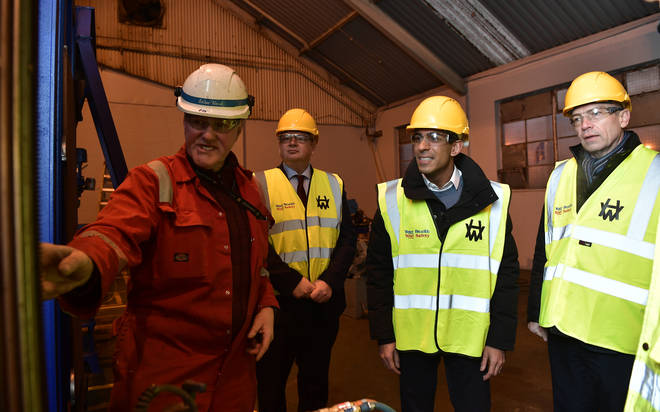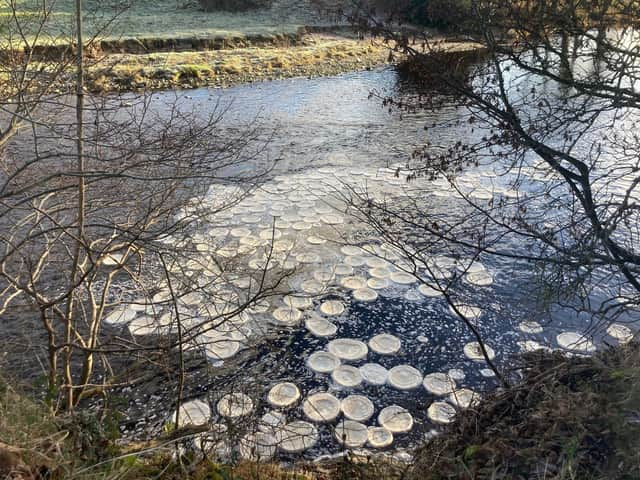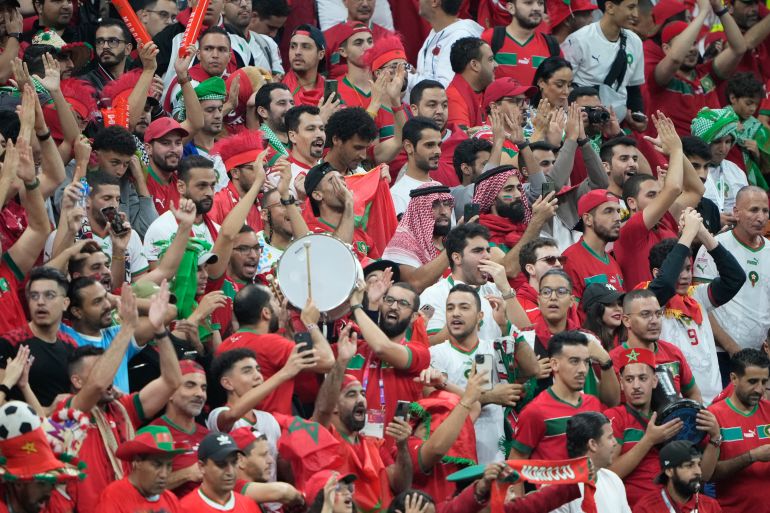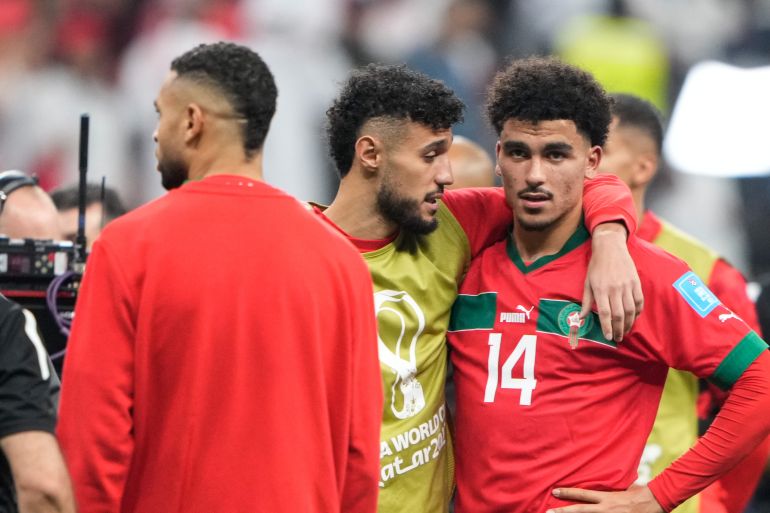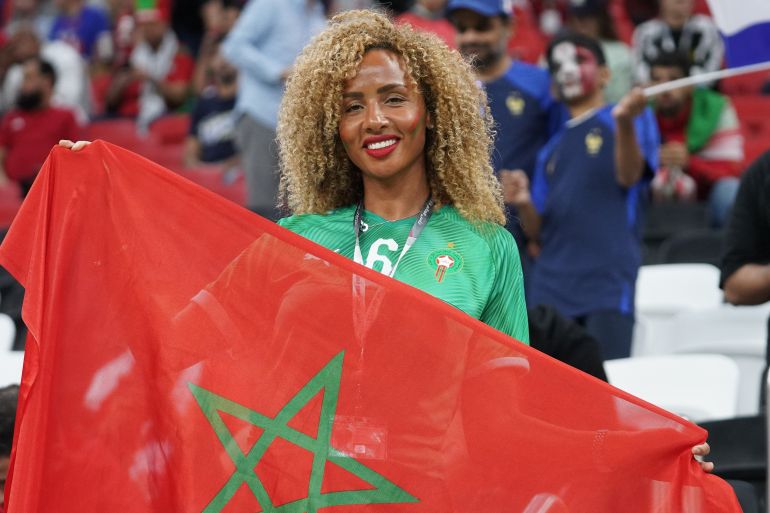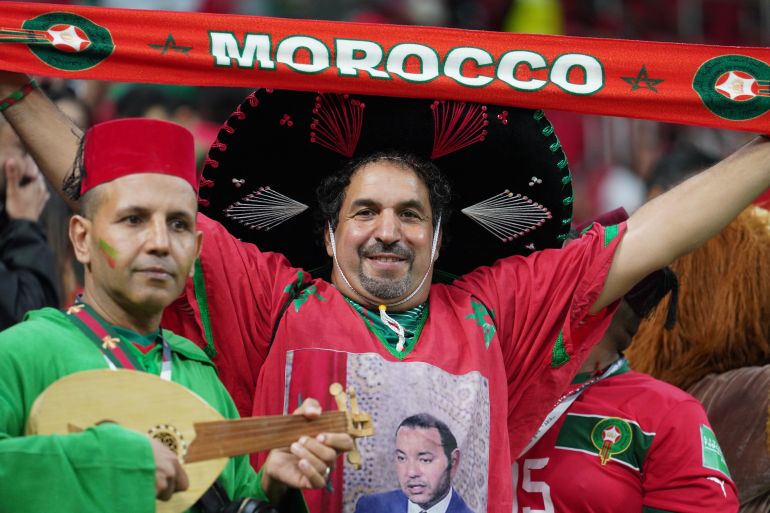Railway workers continue with 48-hour strike over pay and conditions
ALAN JONES, PA INDUSTRIAL CORRESPONDENT
What strikes are happening in December?
Railway workers will continue with a 48-hour strike on Saturday, causing more travel misery for passengers as a bitter dispute over pay, jobs and conditions remains deadlocked.
Talks between the leader of the Rail, Maritime and Transport union (RMT), train company employers and Rail Minister Huw Merriman on Thursday failed to make a breakthrough.
The union went ahead with a walkout from Friday on Network Rail and 14 train operators, which crippled services across the country.
Trains will start later than usual on Saturday and will finish earlier, while some parts of the country have no services.
Disruption will continue for the rest of the month because of an overtime ban by RMT members at 14 train operators.
A 48-hour strike by bus drivers in London continues on Saturday, adding to the travel chaos.
Members of Unite employed by Abellio are taking action over pay.
Transport for Wales announced it has agreed a pay deal with rail unions worth 4.5% for nine months from last July.
The not-for-profit organisation, which is wholly owned by the Welsh Government, said it understands its responsibility to deliver for all in Wales, especially during the cost of living crisis.

General Secretary of the RMT union Mick Lynch (Yui Mok/PA)
RMT general secretary Mick Lynch will join a picket line in London after maintaining that the union continues to receive strong support from the public.
He said: “It’s better we are talking than not, so the rail minister convened a meeting on Thursday with the RMT representatives along Network Rail and the train operators.
“We exchanged some ideas and some possibilities, there was no negotiations at that, nothing arising tangible out of that.
“But what he did having heard that as the facilitator, as they describe themselves and the people that ultimately own the purse strings, is he invited us and requested that we get together and hold further talks going forward and we’ll do that in the next period if the companies want to get engaged in it.”
Meanwhile, members of the Transport Salaried Staffs Association (TSSA) at six train companies will strike on Saturday in its ongoing dispute over pay, job security and terms and conditions.
The union has accused the Government of “harming the nation” by “blocking“ talks to resolve the dispute.
TSSA members at Avanti West Coast, c2c, East Midlands Railway, Southeastern, South Western Railway, and TransPennine Express will walk out for the day, hitting rail services on routes across the country.
Additionally, industrial action short of strike is taking place at CrossCountry, Greater Anglia, Great Western Railway, GTR, LNER, Northern, and West Midlands Trains.
The strike action is the first since an offer tabled by the Rail Delivery Group was rejected on December 4.
Frank Ward, TSSA interim general secretary, said: “Rail workers across the country deserve a pay rise and job security, especially so as the Tory cost-of-living crisis cripples household finances.
“This strike action was entirely avoidable. It beggars belief that the government has forced this industrial action on rail workers and the wider economy when they have had every opportunity and the ability to resolve the dispute. This Conservative Government is actively harming the nation with its reckless anti-worker agenda.
“As we have shown this week in Network Rail, our union can reach agreement with employers where there are genuine negotiations. It’s crystal clear that Rishi Sunak’s government is responsible for blocking negotiations with train companies and ruining Christmas for rail workers and passengers alike.”
Steve Montgomery, who chairs the Rail Delivery Group, said: “Regrettably, the RMT leadership’s refusal to put our proposed 8% pay offer to its membership means we are unable to reach a resolution at this stage, although we remain open to talks. With the deadline having passed where disruption could be avoided even if strikes were called off, our focus is on giving passengers the maximum possible certainty so they can make their festive plans.
“No-one wanted to see these strikes go ahead, and we can only apologise to passengers and to the many businesses who will be hit by this unnecessary and damaging disruption.
“We continue to urge RMT leaders to put our proposals to their members rather than condemning them to weeks of lost pay either side of Christmas during a cost-of-living crisis.”
Andrew Haines, Network Rail chief executive, said: “The RMT has deliberately chosen to try and ruin Christmas for millions of passengers and businesses. They’re also intent on inflicting a monumental act of harm on an industry still desperate to recover from post-Covid challenges by sabotaging a vital £100 million programme of rail upgrades planned for Christmas Day and Boxing Day. The industry will do all it can to keep services running and projects on-track but serious disruption is inevitable given the RMT’s action.
“In talks over the months we have sought to address all the RMT’s concerns by putting a decent pay rise on the table, guaranteeing a job for anyone that wants one, significantly raising base salaries for the lowest paid and offering a new, huge rail travel discount scheme for members, and their families. By any reasonable measure, we have put a fair deal on the table.”
